This Earth Month we are challenging our supporters to demonstrate how they are #DownToEarth. Whether you are new to forest health or a seasoned pro, here are eight ways to celebrate Earth Month.
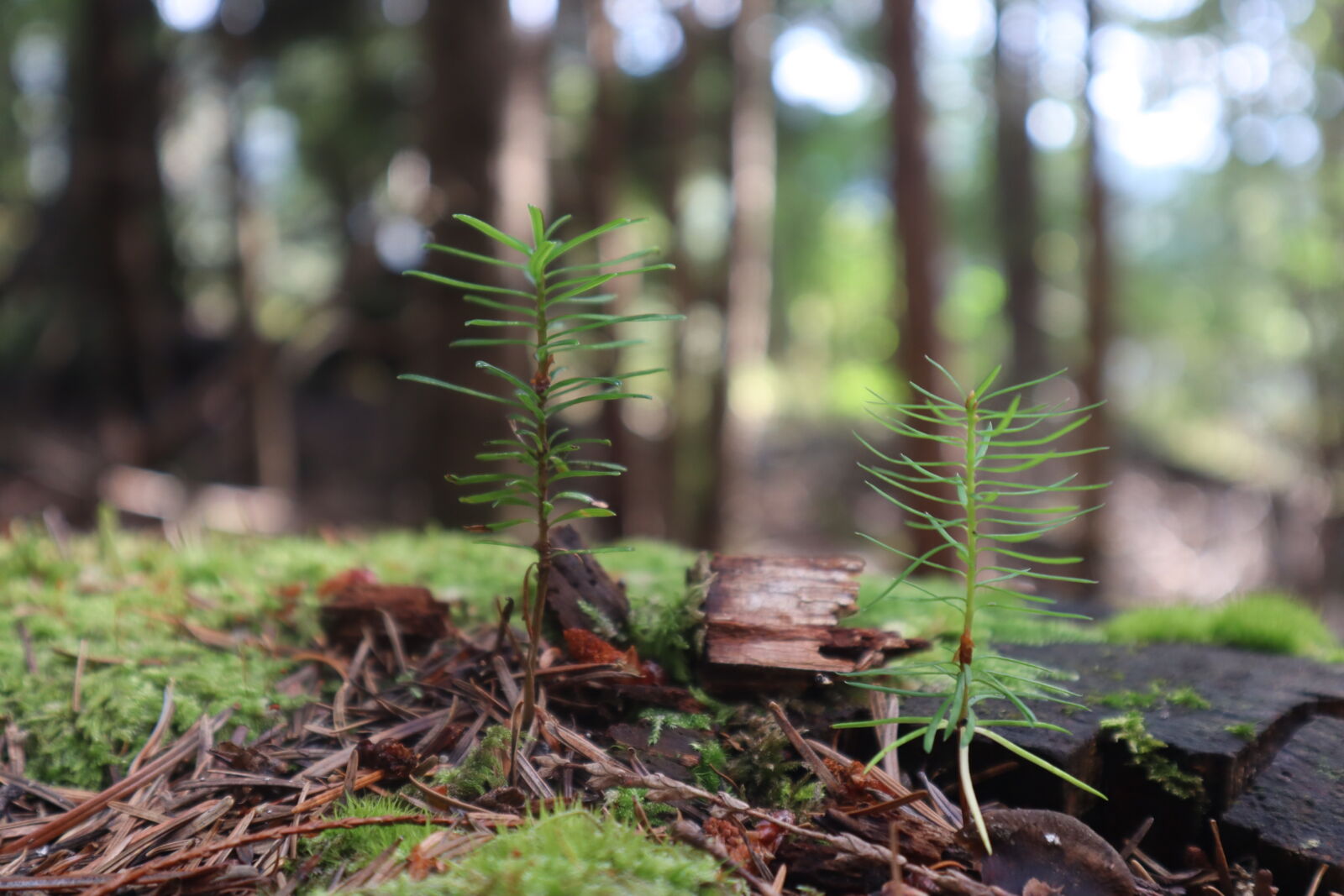
1. Plant a Tree!
More than 1 million acres of National Forests are in need of reforestation. When you plant a tree, you help ensure our forests can provide important wildlife habitat, protect our watersheds, sequester carbon dioxide, and offer beautiful recreational opportunities for visitors for years to come. $1 for 1 tree may seem too good to be true, but we promise it is.
Learn more about our 50 million for Our Forests campaign and plant a tree today.
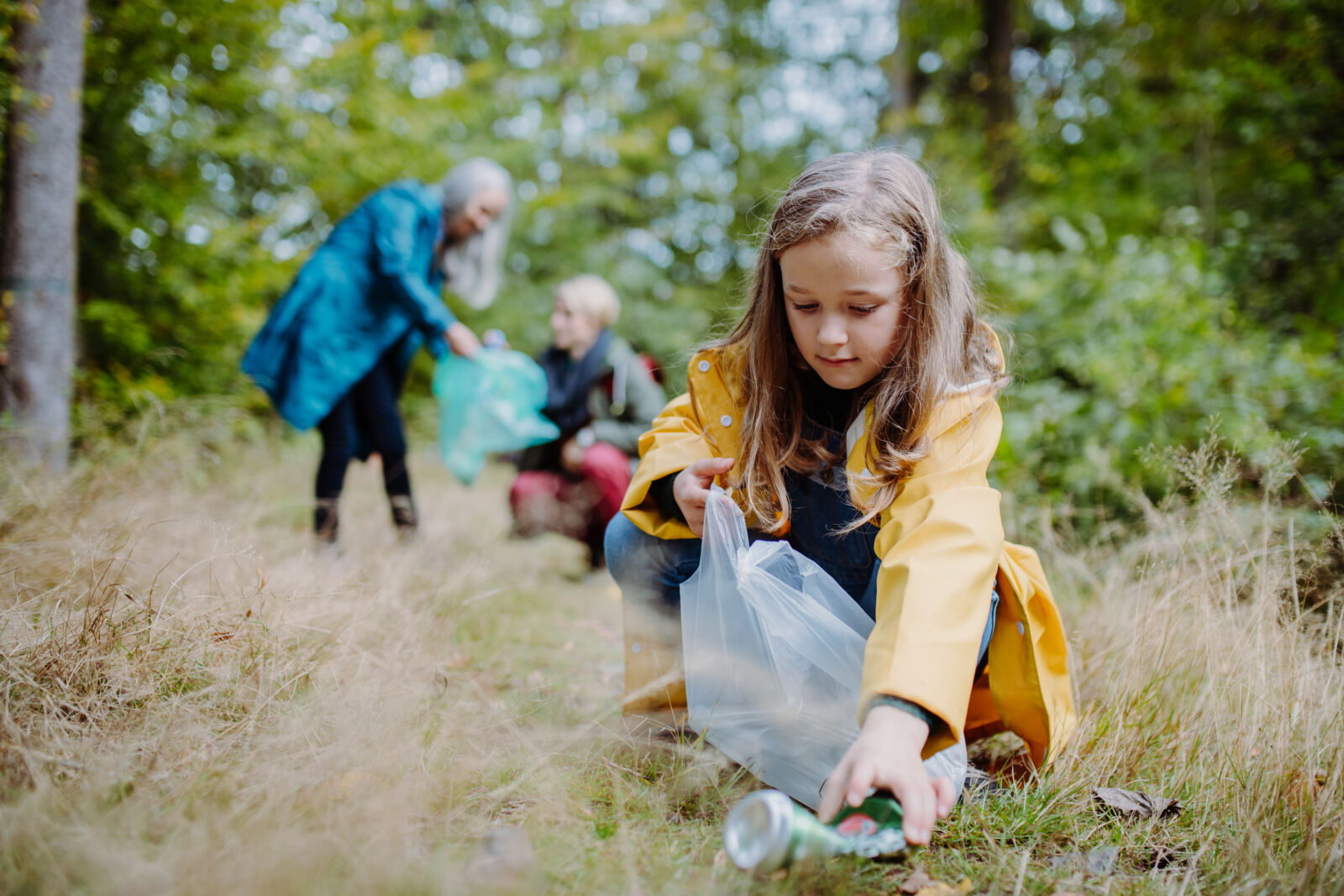
2. Organize a forest clean-up
Cleaning up forests can be as simple as taking an afternoon hike with a trash bag, but if you want to invite friends or join a local volunteer group, the more the merrier! The important thing is that you have fun, enjoy a beautiful public landscape, and show our trails and forests some love.
Post a picture of your clean-up and tag it with #DownToEarth to show how you’re down to lend a hand.
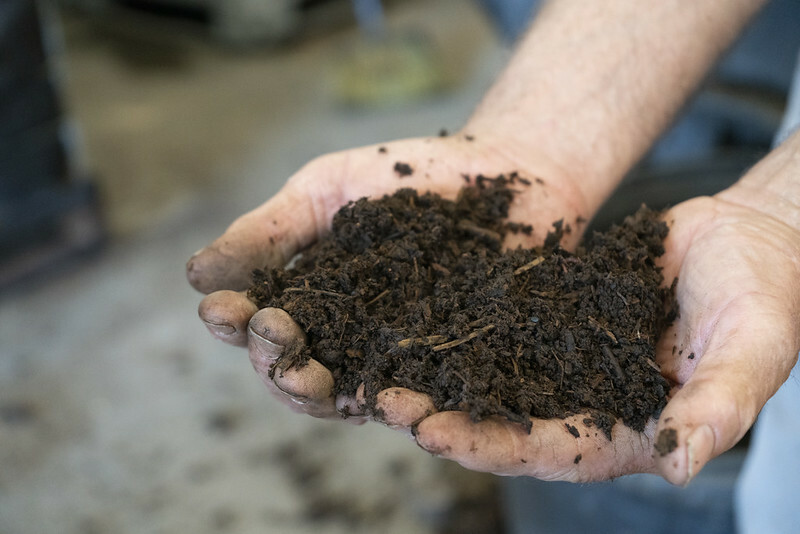
3. Start a backyard composting bin
The average American household throws away nearly a third of the food they buy every year. When that food goes to a landfill, it produces harmful methane gases that contribute to climate change. That leads to more droughts, wildfires, and insect outbreaks in forests. Instead of throwing food out, compost it in your backyard or even under your sink! Your yard and our forests will thank you.
Learn more about different composting options and how to get started.
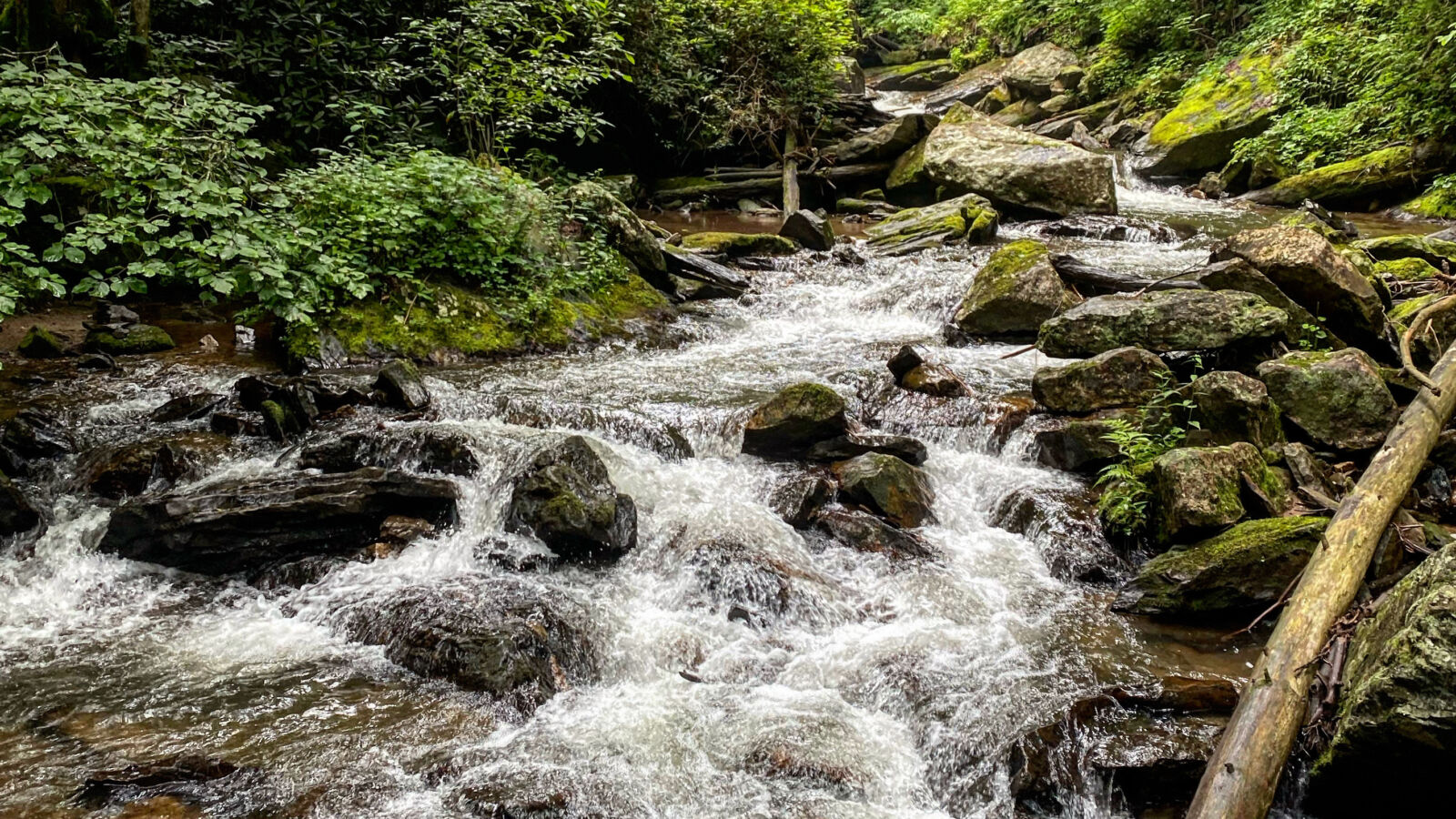
Photo by Elizabeth Moloney.
4. Use barrels to capture rainwater
Rain barrels can help you save on your water bill and protect your local watershed at the same time! Runoff from rainstorms can carry contaminants from paved surfaces into storm drains, and from there, pollute the streams and rivers that make up the watersheds forests rely on. When you save the runoff from your roof for a sunny day, you are keeping our watersheds happy and healthy!
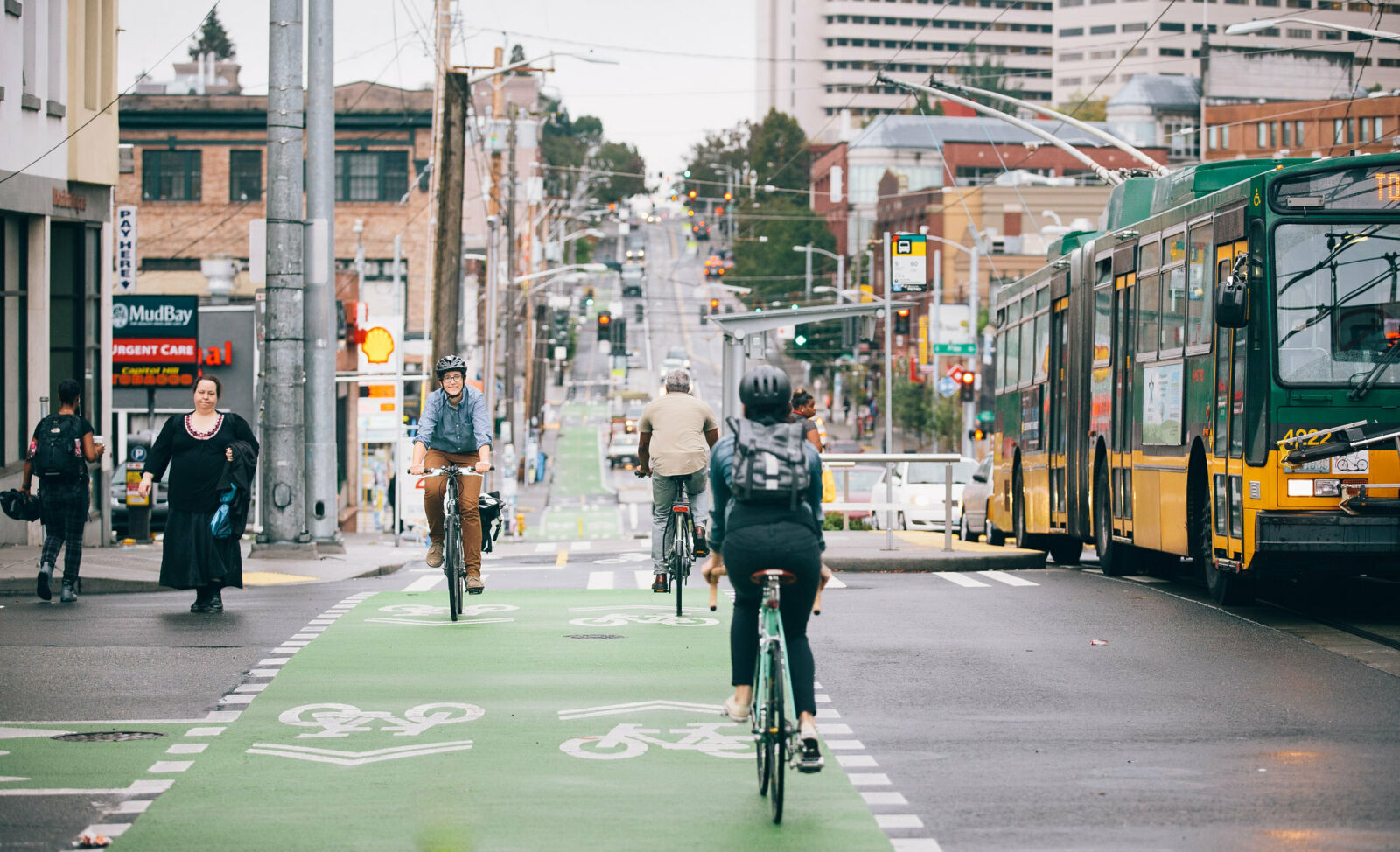
Photo by Adam Coppola Photography.
5. Ride a bike, carpool, or take public transit to work once a week
Most of us know public transit reduces energy consumption and greenhouse gas emissions, but did you also know that less cars on the road means less contaminated runoff into our streams and rivers? If you don’t already use public transit, setting an achievable goal of biking, carpooling, or using public transit once a week is a great way to get started.

Photo by Gaelle Marcel.
6. Use Reusables
Replacing plastic water bottles with reusable ones or using reusable bags at grocery stores is a great way to reduce the number of plastics in our environment. Microplastics from landfills can easily spread and contaminate soil. Microplastics are also being eaten by wildlife, causing them to become sick and disrupting food chains.
What other items do you use that could be reusable?
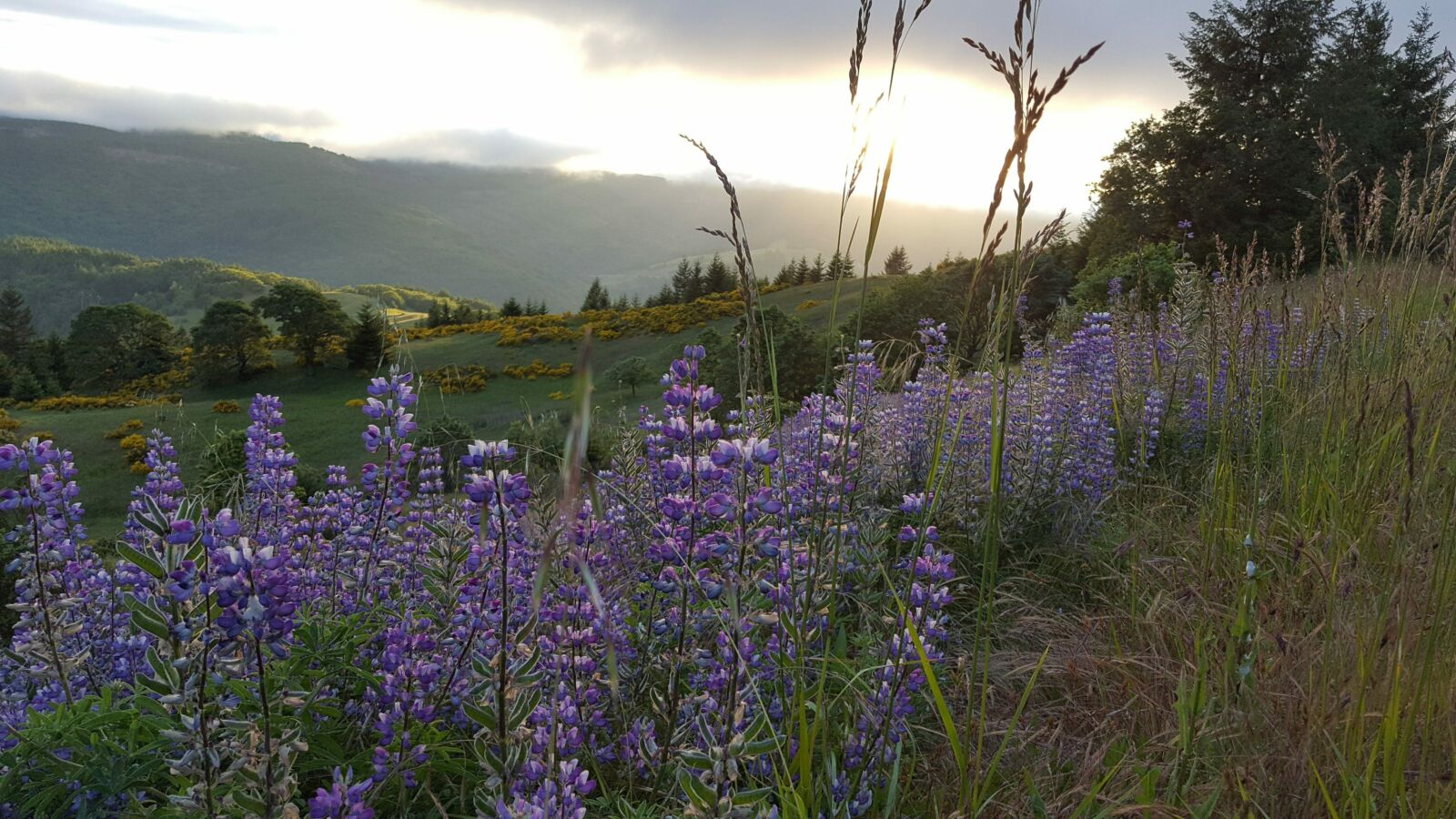
Photo by Jill Coop.
7. Add native plants to your yard
Adding native plants to your yard is a great way to be forest conscious. They use less water, and need less fertilizers and pesticides which can run off into lakes and rivers and cause habitat damage. Native plants also support biodiversity and can attract a variety of birds, butterflies, and other wildlife to your yard.
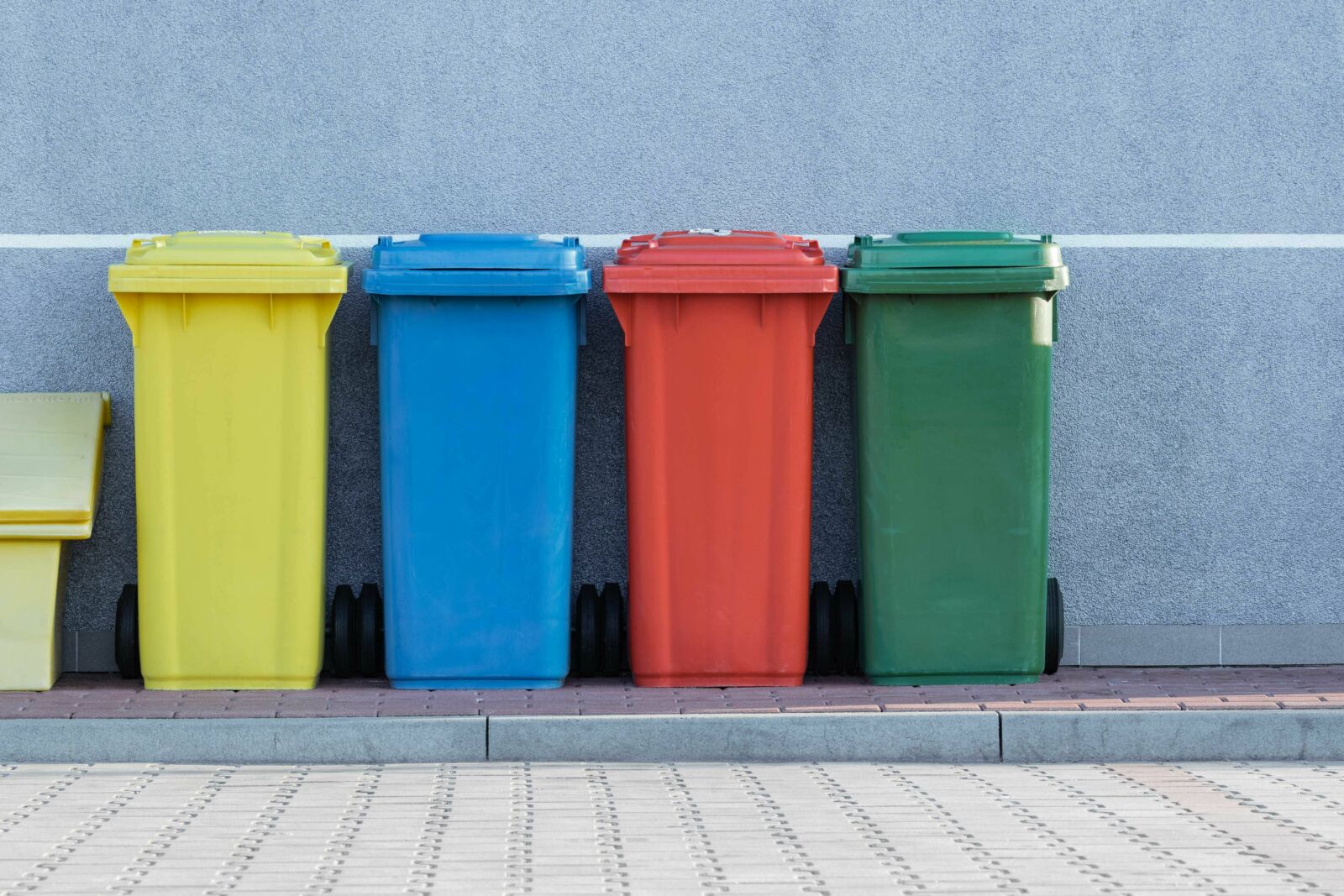
Photo by Pawel Czerwinski.
8. Know your local recycling and composting rules
You might think you already know your local recycling and composting rules, but it doesn’t hurt to check. There may be items that can be recycled in your area, such as plastic bags, batteries, and lightbulbs, but cannot be recycled at home. When in doubt, leave it out. Well-meaning recyclers make it harder for items to be recycled when they unknowingly contaminate their bins with non-recyclables, risking that the whole bin will end up in a landfill.

